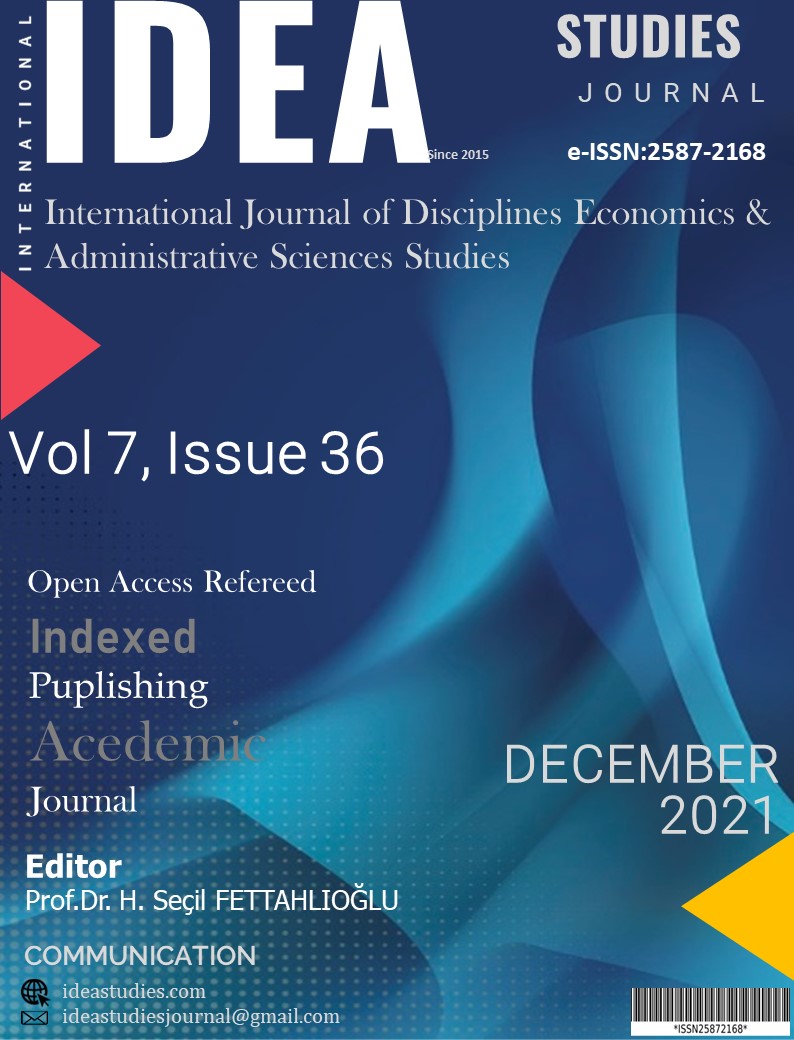Author :
Abstract
Respiratory viruses are among the leading causes of disease and death among people. Co-circulation of Influenza and SARS-CoV-2 can lead to diagnostic and management difficulties given the similarities in the clinical picture. Severe acute respiratory syndrome coronavirus 2 (SARS-CoV-2), the virus causing COVID-19, has caused a disastrous pandemic with over 100 million cases and 2 million deaths globally so far. Viral infections such as Influenza and respiratory syncytial virus are among the prominent causes of death and diseases among people. COVID-19 and flu share some similar symptoms. The symptoms of flu tend to occur faster and can have more significant variations. But COVID-19 is more likely to lead to severe illness or death. Viral infections cause both COVID-19 and the flu. But COVID-19 is due to the SARS-CoV-2 virus, and flu is from Influenza A and B viruses. There is a lot that remains unknown about COVID-19. However, it is crucial to follow the guidance and recommendations provided by the CDC and local health authorities. A respiratory tract infection is an infection of the lungs, airways, sinuses, or throat. While respiratory infections occur year-round, there is a significant increase in these infections during the fall and winter months (cold and flu season). People tend to spend more time inside. During cold and flu season, it helps to know the common symptoms and how to avoid spreading illness to those around you. With the increasing cases of COVID-19 during the still ongoing pandemic, understanding the difference between common respiratory infections and your treatment options is even more critical. This research aims prediction of the Influenza trend in the U.S. before COVID-19 existed and relate if there are any changes in the prediction due to the impact of COVID-19.
Keywords
Abstract
Respiratory viruses are among the leading causes of disease and death among people. Co-circulation of Influenza and SARS-CoV-2 can lead to diagnostic and management difficulties given the similarities in the clinical picture. Severe acute respiratory syndrome coronavirus 2 (SARS-CoV-2), the virus causing COVID-19, has caused a disastrous pandemic with over 100 million cases and 2 million deaths globally so far. Viral infections such as Influenza and respiratory syncytial virus are among the prominent causes of death and diseases among people. COVID-19 and flu share some similar symptoms. The symptoms of flu tend to occur faster and can have more significant variations. But COVID-19 is more likely to lead to severe illness or death. Viral infections cause both COVID-19 and the flu. But COVID-19 is due to the SARS-CoV-2 virus, and flu is from Influenza A and B viruses. There is a lot that remains unknown about COVID-19. However, it is crucial to follow the guidance and recommendations provided by the CDC and local health authorities. A respiratory tract infection is an infection of the lungs, airways, sinuses, or throat. While respiratory infections occur year-round, there is a significant increase in these infections during the fall and winter months (cold and flu season). People tend to spend more time inside. During cold and flu season, it helps to know the common symptoms and how to avoid spreading illness to those around you. With the increasing cases of COVID-19 during the still ongoing pandemic, understanding the difference between common respiratory infections and your treatment options is even more critical. This research aims prediction of the Influenza trend in the U.S. before COVID-19 existed and relate if there are any changes in the prediction due to the impact of COVID-19.
Keywords
- Similarities and Differences between Flu and COVID-19. (2021b, June 7). Centers for Disease Control and
- Similarities and Differences between Flu and COVID-19. (2021b, June 7). Centers for Disease Control and Prevention. Retrieved October 27, 2021, from https://www.cdc.gov/flu/symptoms/flu-vs-covid19.htm
- Correction to Lancet Infect Dis 2019; published online April 20. https://doi.org/10.1016/S1473-3099(20)30160-2. (2020). The Lancet Infectious Diseases, 20(7), e148. https://doi.org/10.1016/s1473- 3099(20)30508-9
- Sankar, J., Dhochak, N., Kabra, S. K., & Lodha, R. (2020). COVID-19 in Children: Clinical Approach andManagement. Indian journal of pediatrics, 87(6), 433–442. https://doi.org/10.1007/s12098-020-03292-1Correction to Lancet Infect Dis 2020; published online Oct 12. https://doi.org/10.1016/S1473-3099(20)30783-0. (2021). The Lancet Infectious Diseases, 21(1), e1. https://doi.org/10.1016/s1473- 3099(20)30863-x
- Kazemi-Arpanahi, H., Shanbehzadeh, M., Mazhab-Jafari, K., & Haghiri, H. (2020). Coronavirus disease2019 (COVID-19) surveillance system: Development of COVID-19 minimum data set and interoperablereporting framework. Journal of Education and Health Promotion, 9(1), 203. https://doi.org/10.4103/jehp.jehp_456_20
- F Gao, G. (2020). World Flu Day, Be Aware of the Unavoidable Enemy — November 1, 2020. China CDC Weekly, 2(44), 853–855. https://doi.org/10.46234/ccdcw2020.227
- Wong, C. K. H., Wong, J. Y. H., Tang, E. H. M., Au, C. H., Lau, K. T. K., & Wai, A. K. C. (2020). Impactof National Containment Measures on Decelerating the Increase in Daily New Cases of COVID-19 in 54Countries and 4 Epicenters of the Pandemic: Comparative Observational Study. Journal of Medical Internet Research, 22(7), e19904. https://doi.org/10.2196/19904
- Estimated Flu-Related Illnesses, Medical visits, Hospitalizations, and Deaths in the United States — 2018–
- 2019 Flu Season | CDC. (n.d.). Estimated Flu-Related Illnesses, Medical Visits, Hospitalizations, and Deathsin the United States — 2018–2019 Flu Season | CDC. Retrieved November 1, 2021, from https://www.cdc.gov/flu/about/burden/2018-2019.html
- Benefits of Flu Vaccination During the 2018–2019 Flu Season. (2020, January 16). Centers for DiseaseControl and Prevention. Retrieved November 1, 2021, from https://www.cdc.gov/flu/about/burden- averted/2018-2019.htm
- Hill, H. A. (2018, October 11). Vaccination Coverage Among Children Aged 19–35 Months. . . Centers forDisease Control and Prevention. Retrieved November 4, 2021, from https://www.cdc.gov/mmwr/volumes/67/wr/mm6740a4.htm
- Berman, R. (2021, September 28). Experts fear a COVID-19 and flu 'twindemic.’Https://Www.Medicalnewstoday.Com/Articles/Experts-Fear-a-COVID-19-and-Flu-Twindemic. RetrievedNovember 4, 2021, from https://www.medicalnewstoday.com/articles/experts-fear-a-COVID-19-and-flu- twindemic
- Ritchie, H. (2020, March 5). Coronavirus (COVID-19) Vaccinations - Statistics and Research. Our World in Data. Retrieved November 4, 2021, from https://ourworldindata.org/covid-vaccinations
- Differential diagnosis: cold, flu, or COVID-19? (2020). The Pharmaceutical Journal. Published. https://doi.org/10.1211/pj.2020.20208379
- Upcoming 2020–2021 Influenza Season. (2021b, October 25). Centers for Disease Control and Prevention. Retrieved November 16, 2021, from https://www.cdc.gov/flu/season/faq-flu-season-2020-2021.htm





